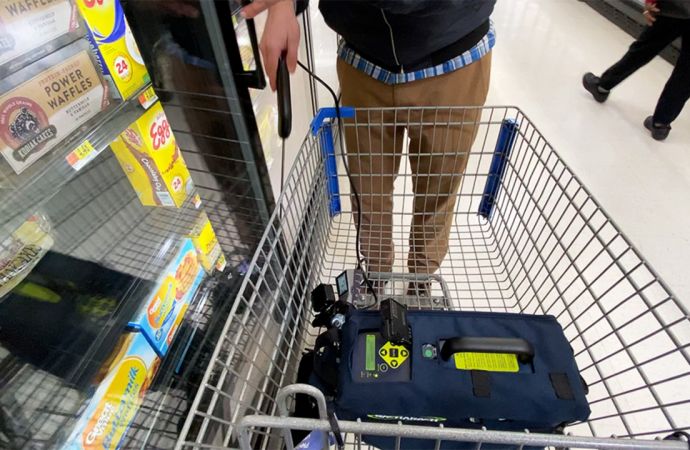The US EPA issued in late January an Enforcement Alert stating it is increasing scrutiny of anhydrous ammonia at refrigeration facilities as its enforcement efforts focus on prevention of chemical accidents.

The recently released Enforcement Alert issued by the United States Environmental Protection Agency (EPA) states that the agency will focus its efforts on preventing chemical accidents, in particular those relating to anhydrous ammonia at refrigeration facilities.
Accidents since 2010 spark increased enforcement
Sparked by a lack of chemical accident prevention practices at a number of refrigeration facilities since 2012 which have led to violations at 14 different facilities, resulting in property damage, injuries and even several deaths, the EPA is cracking down to enforce proper management of hazardous chemicals, as required under the Clean Air Act (CAA). This includes imposing civil penalties and requiring companies to spend on additional environmental projects such as purchasing equipment and providing training for emergency responders as well as converting existing refrigeration equipment to safer technologies.
“These enforcement actions send a clear message to the industry that companies must take responsibility to prevent accidental releases of dangerous substances like anhydrous ammonia through compliance with the CAA’s Chemical Accident Prevention Program,” states the EPA.
Highlighting prevention
The EPA highlights the CAA’s Chemical Accident Prevention Program in order to help refrigeration facilities comply with CAA requirements and prevent future accidents from occurring:
- The Risk Management Program (RMP) Regulations – require facilities with more than a threshold quantity of certain regulated chemical in use or storage to develop a Risk Management Program. The threshold for anhydrous ammonia is 10,000 pounds.
- The General Duty Clause – requires owners and operators of facilities that have regulated substances and other extremely hazardous substances are responsible for ensuring that these chemicals are managed safely.
- Industry Standards – industry trade associations, such as the International Institute of Ammonia Refrigeration (Standard 2: Equipment, Design, and Installation of Closed-Circuit Ammonia Mechanical Refrigeration Systems) and the American Society of Heating Refrigerating and Air-Conditioning Engineers (Standard 15: Safety Standard for Refrigeration Systems), have issued standards defining good engineering and operating practices in the ammonia refrigeration industry.
- Enforcement Focus on Accident Prevention – highlights a list of cases since 2012 illustrating the EPA’s enforcement focus on preventing chemical accidents occur.
Lessons learned
The Enforcement Alert also includes a list of lessons learned from inspections of ammonia refrigeration systems, highlighting identifying hazards that a facility’s refrigeration systems present and understanding the gap between current standards and those from when the facility was built. Preventative maintenance and ensuring adequate ventilation are also stressed.
MORE INFORMATION
Related stories



